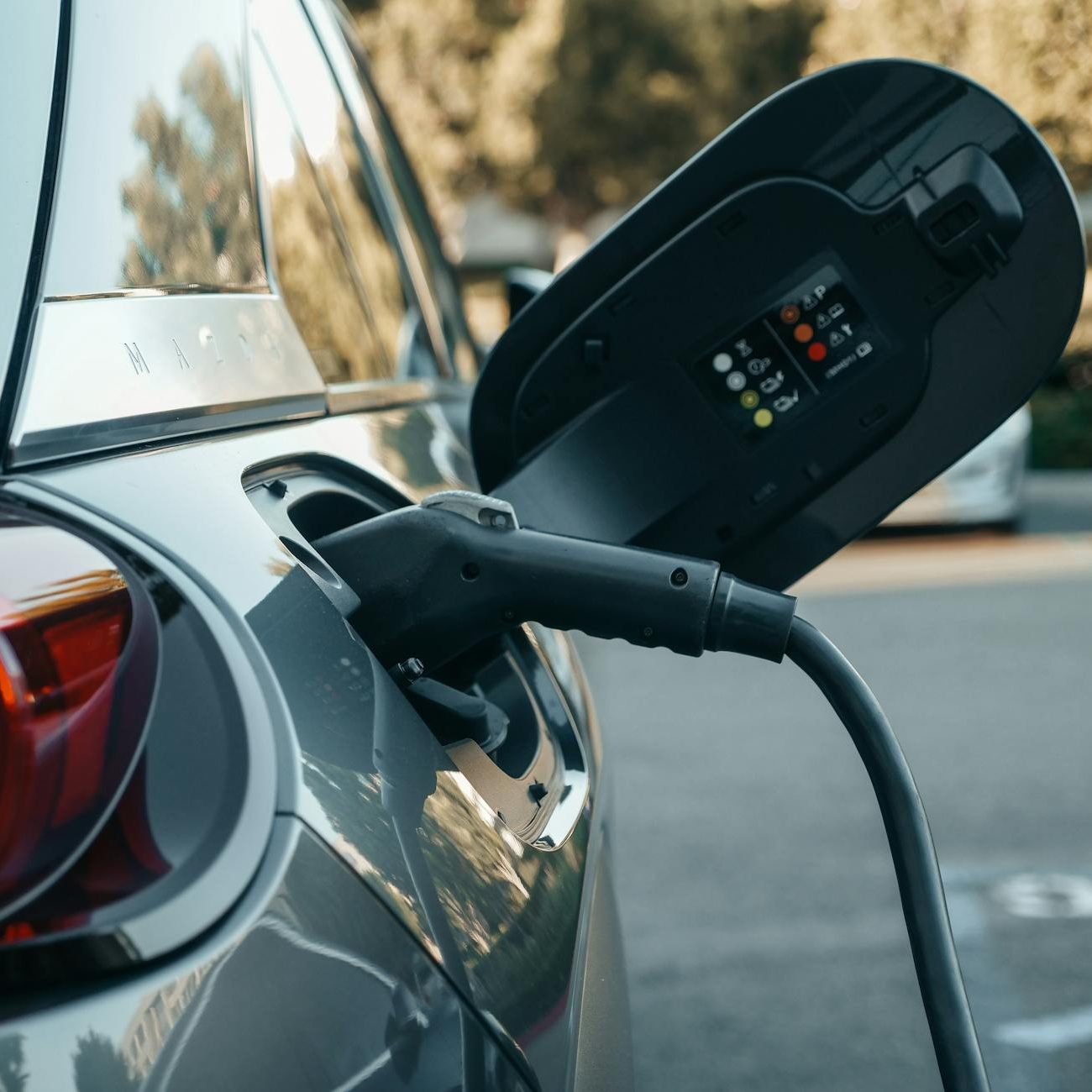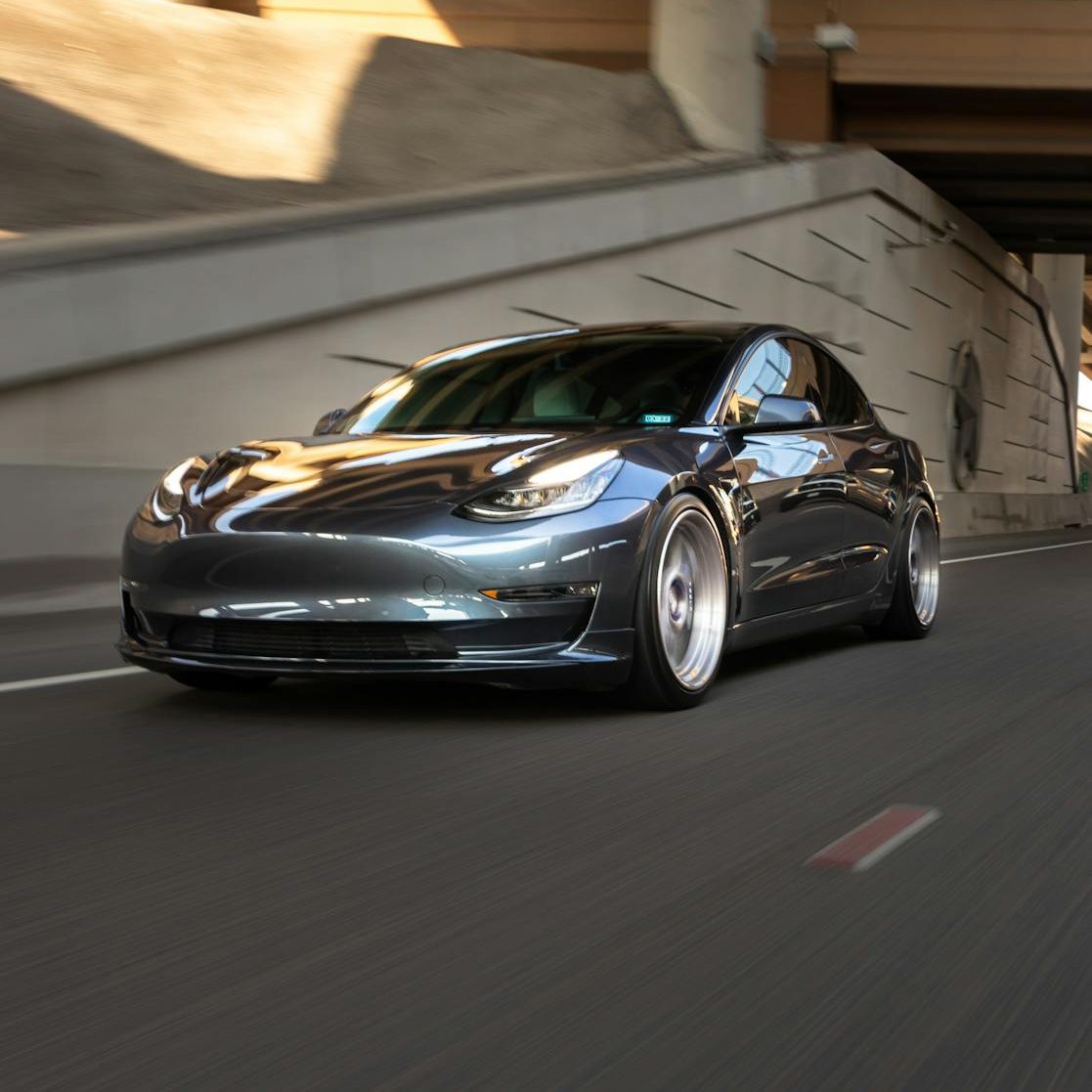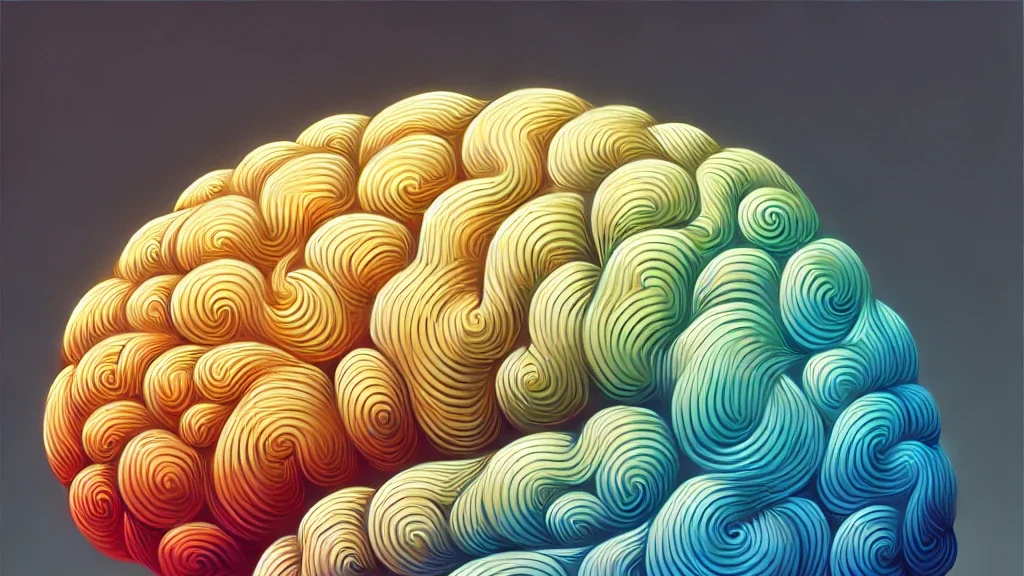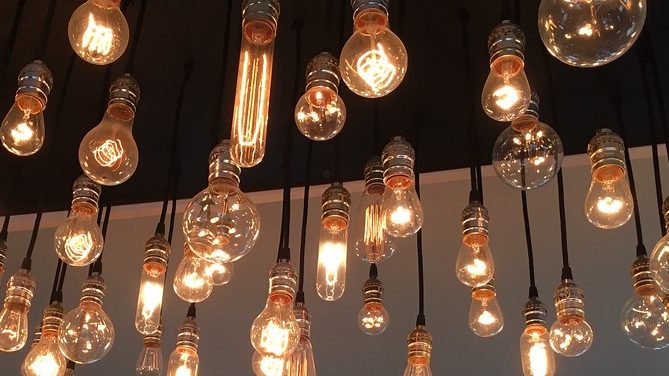EV Ready
It goes without saying that electric vehicles are increasing in popularity for a number of reasons. Whether you’ve recently bought an EV or are considering the additional costs of ownership, the purchase of “electric vehicle supply equipment” (EVSE, or commonly referred to as a car charger or charging station) will be necessary to fully enjoy your new car. EVSE’s come in a variety of shapes, designs and with a number of different features. When buying a new EV, your dealer will often include a recommended EVSE with the sale of the vehicle. Other times you just need an additional EVSE out of convenience. Many homeowners looking to sell are also noticing that adding a dedicated EVSE circuit will increase the appeal to buyers, even if they don’t own an EV themselves.
No matter your situation, Lighting on Demand will help you ensure your home is EV ready.
Why do I need an Electrician?
All electric vehicles require a considerable amount of power to charge in any reasonable time. There are two common types of EVSE’s:
Level 1: This 120-volt, 2400W (max) charging system will provide up to 5 miles of range per hour of charge, at best. A level 1 charging system utilizes a standard grounded outlet and can usually be plugged into the nearest receptacle. This system is also relatively compact and reasonable enough to keep in the trunk of you EV, just in case. But you wouldn’t want to rely on this system to maintain your vehicles’ charge.
Level 2: These are 240-volt with adjustable wattage control providing charging around 32 miles of range per hour of charge. These systems strike the ideal balance of charge rate to maximize your EV battery’s lifespan. They require a dedicated circuit, typically 50A or 60A. It is especially important that a circuit of this capacity is installed properly as the higher power will carry greater risk of damage or even fire.
To ensure your new EVSE is installed properly, hire the professionals at Lighting on Demand.

Lighting on Demand is your EV charging solution provider
You know that “Qualified Technician” that your installation instructions say to use?
→ That’s Us.
Pay over time
Take the edge off of your new investment by spreading out the payment over time. Financing options range from “pay in four” to 12 months with no interest, subject to credit approval.


Working within your budget
Lighting on Demand is committed to providing the service you need within your budget. Our technicians will provide the ultimate transparency on-site and work with you to cater our service based on your budget.
Ready to Hire Lighting on Demand?
Get the conversation started today! Call or text us at 208-639-0473 or send an email to scheduling@lightingondemand.com.
You can also use our online estimating tool to get a quote right now!




